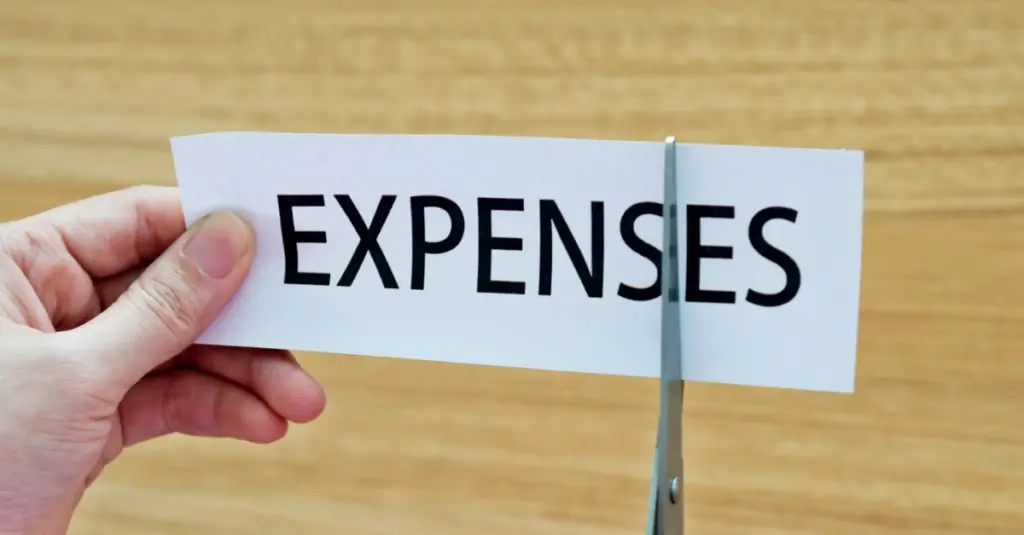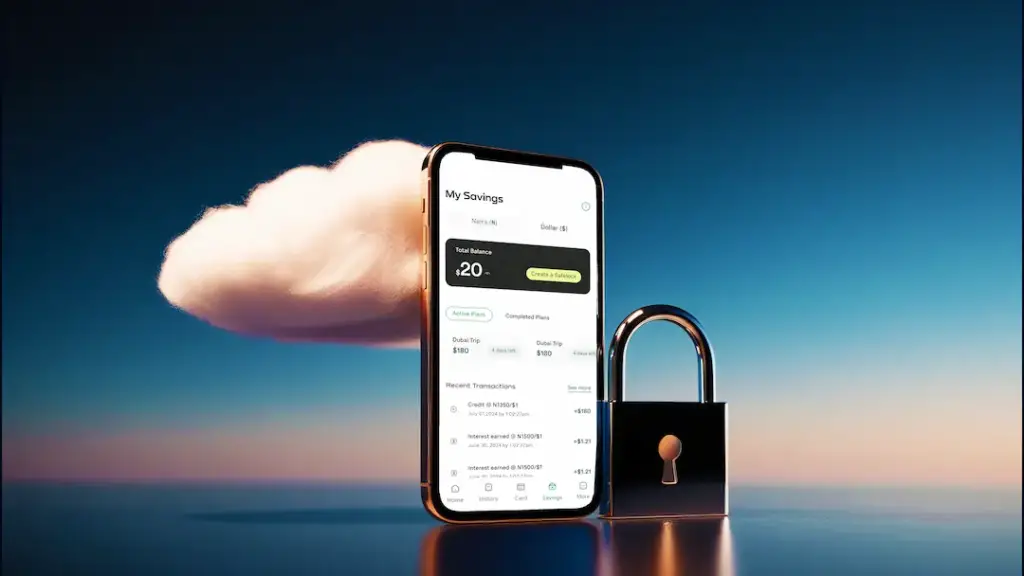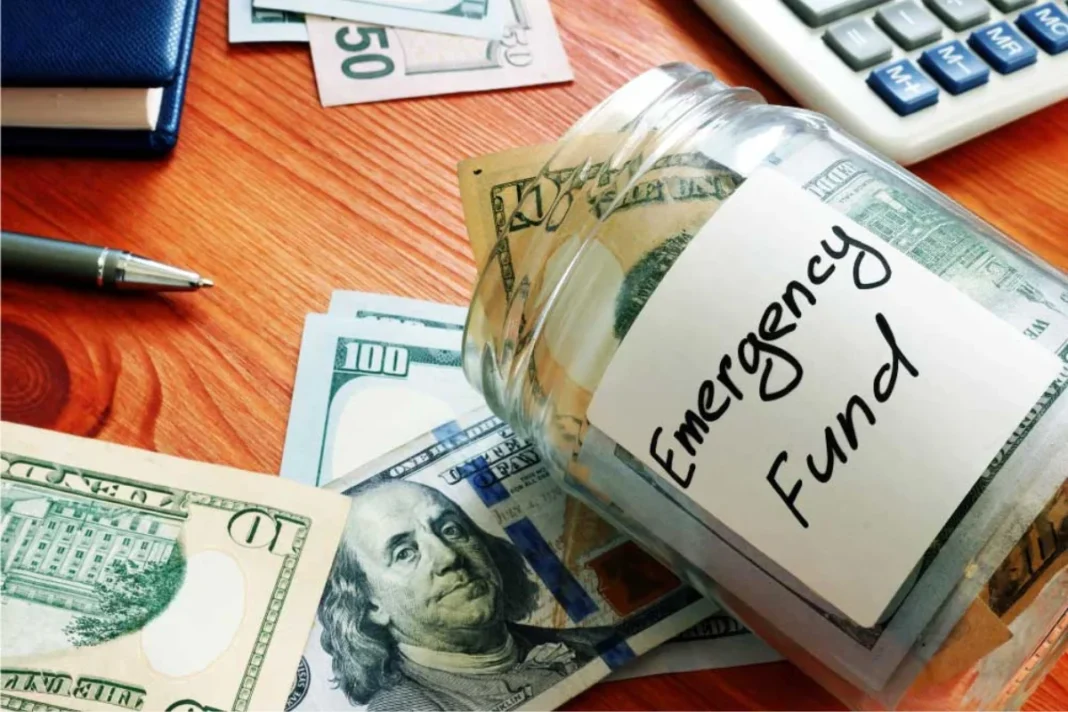Life is full of unexpected surprises—some good, some bad. When an emergency strikes, whether it’s a medical bill, car repair, or sudden job loss, having an emergency fund can make all the difference. But what if you’re living paycheck to paycheck? Don’t worry! Even on a low income, you can build a financial safety net with the right approach.
Why You Need an Emergency Fund
An emergency fund is a savings cushion that helps you cover unexpected expenses without relying on credit cards or loans. Without one, a single financial setback can spiral into debt. Experts recommend saving at least three to six months’ worth of expenses, but if that seems overwhelming, start small. Even saving $500 can prevent financial stress in tough times.
1. Start Small – Every Dollar Counts
One of the biggest misconceptions is that you need to save large amounts to make a difference. But the truth is, small, consistent savings add up over time.
Quick Tips:
- Save just $5 or $10 from every paycheck.
- Use a spare change app like Acorns or Chime’s Round-Up feature to save automatically.
- Set a goal: $100 first, then $500, then a full month of expenses.
Example: Lisa, a single mom earning minimum wage, started saving just $10 per week. Within a year, she had $520—enough to cover a surprise car repair.
Learn more about the power of small savings.
2. Cut Unnecessary Expenses (Even the Tiny Ones)

When you’re on a tight budget, cutting costs might seem impossible. But small tweaks in daily spending can free up money for savings.
Where to Cut Back:
- Cancel unused subscriptions (Netflix, gym memberships, etc.).
- Cook at home instead of eating out.
- Use coupons and cashback apps to save on groceries.
- Buy second-hand instead of new.
Example: David realized he was spending $50 a month on streaming services. By cutting two subscriptions, he redirected that money into his emergency fund, saving $600 a year.
Check out budgeting tools to help track expenses.
3. Automate Your Savings
Saving is easier when it happens automatically. Treat your emergency fund like a bill that must be paid every month.
How to Automate Savings:
- Set up an automatic transfer to a separate savings account each payday.
- Use savings apps like Digit or Qapital to round up purchases.
- If your employer offers direct deposit, send a small portion of your paycheck straight to savings.
Example: Jessica set up an automatic transfer of $15 per paycheck. She barely noticed the difference but had $390 saved by the end of the year.
4. Earn Extra Income (Start A Side Hustle)

If cutting expenses isn’t enough, try increasing your income. Even an extra $50 to $100 a month can speed up your savings goal.
Ways to Earn Extra Money:
- Freelance (writing, graphic design, data entry, etc.).
- Sell unused items (clothes, electronics, furniture).
- Take online surveys (Swagbucks, Survey Junkie).
- Pick up odd jobs (babysitting, pet sitting, house cleaning).
Example: Carlos delivered food on weekends, earning an extra $200 per month. Within six months, he had a $1,200 emergency fund.
Find high-paying side hustles.
5. Keep Your Savings Out of Reach

One major challenge of saving is resisting the urge to spend it. To protect your emergency fund, keep it in a separate, hard-to-access account.
Best Places to Keep Your Fund:
- High-yield savings account (like Ally, Chime, or Marcus by Goldman Sachs).
- Credit union savings account with limited withdrawals.
- Cash in an envelope system (if you trust yourself not to touch it).
Example: Marie opened an online savings account without a debit card. Since transferring money took 2-3 days, she was less tempted to spend impulsively.
Compare high-yield savings accounts.
6. Use Unexpected Money Wisely
Tax refunds, work bonuses, or even birthday cash can give your emergency fund a major boost.
Smart Ways to Use Extra Money:
- Deposit tax refunds directly into your emergency fund.
- Save at least 50% of any bonus (use the rest for fun!).
- Put “found” money (rebates, refunds, cash gifts) into savings instead of spending it.
Example: Emily received a $500 tax refund. Instead of splurging, she put it in her emergency fund and immediately had a safety net.
7. Stay Motivated with a Goal Chart

Building an emergency fund on a low income takes time. Seeing progress visually can keep you motivated.
Ways to Track Savings Progress:
- Create a goal chart and color in sections as you save.
- Use a finance app to track savings milestones.
- Celebrate small wins (but not by spending!).
Example: Mark used a simple printable chart to track his savings goal. Every time he reached $50, he marked it off, making saving more exciting.
8. Don’t Be Discouraged—Start Where You Are
It’s easy to feel overwhelmed, but remember: progress is progress, no matter how small. Even saving $10 a week can lead to $520 in a year!
Final Takeaways:
- Start with small, consistent savings (even $5 helps!).
- Cut back on unnecessary expenses.
- Use automation to make saving effortless.
- Find creative ways to earn extra income.
- Keep your emergency fund separate and safe.
Meta Description: Learn how to build an emergency fund on a low income with practical strategies, real-life examples, and easy-to-follow tips to save money—even when every dollar counts!

